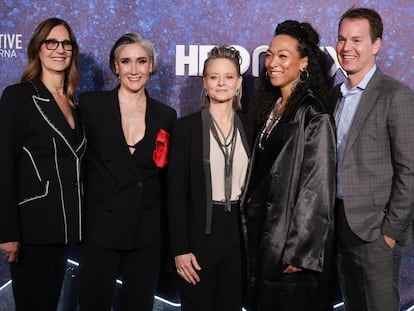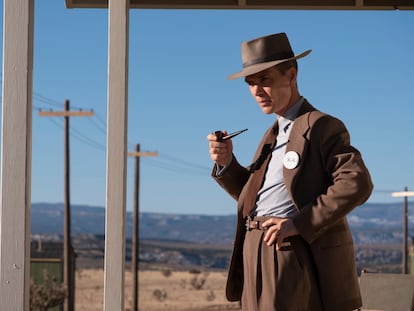‘Zorro,’ a new version of the masked hero for the 21st century
The mythical character gets a modern update in the Amazon Prime TV series with a diverse cast and feminist themes
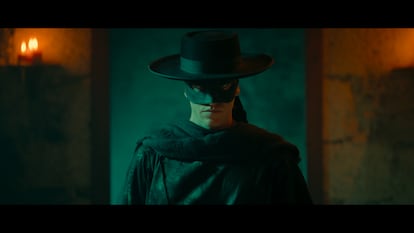

In the fall of 2022, La Marquesa gardens on the Spanish Gran Canaria island, known for their lush tropical vegetation and free-range roosters and peacocks, were crammed with over 200 members of a movie crew filming the Zorro television series now streaming on Amazon Prime Video. This new version of the popular hero’s story aims to capture the cultural diversity of 1830s California while promoting a contemporary feminist perspective. Like other remakes such as The Little Mermaid featuring Halle Bailey and the expanded universe of The Lord of the Rings, the new Zorro embraces diversity in this latest retelling of the mysterious masked man’s adventures.
The screenwriter and creator of the series, Carlos Portela (Velvet, Cable Girls), began with a simple question: “What kind of Zorro do we want now?” This iconic masked hero has a rich history that dates back to 1919, when Johnston McCulley introduced the character in the pulp magazine Argosy. Over the decades, there have been numerous film and television adaptations. Producer David Cotarelo explains why they wanted to break away from the traditional portrayal of Zorro. “Because of the [Antonio] Banderas film and all the others, we associate Zorro with this sly and flirtatious guy. But that would be sexist, right? So, we wanted to break away from all that and use this legend to tell a story that’s relevant in the Me Too age.”
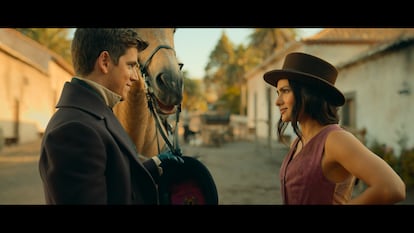
According to Portela and Cotarelo, one of the important aspects of updating the story was the independence and strength of the female characters. Javier Quintas, director of the hit Money Heist TV series, also contributed to Zorro and acknowledged the need to reflect the feminist values of our time. “Empowered women play a crucial role in the plot, even if they may seem somewhat anachronistic because the series is set in 1830.” Renata Notni, the actress who portrays Lolita Márquez, the love interest of Diego de la Vega (Zorro), says her character goes even further and breaks away from Diego to embrace her own role. “Lolita has totally changed since Diego left home. She knows what she wants and isn’t waiting for anyone to save her. She’s ready to grab a shotgun and defend herself, and actually blows Diego’s hat off in one scene. She’s saying ‘Hey, you don’t need to defend me, and you definitely don’t get to choose me. I’ll do what I want.’”
Indigenous activism
Another key character is Nah Lin, an Indigenous warrior who fights for what she believes is right. She considers herself equal to or better than Zorro. The story begins with Diego de la Vega returning from military training in Spain after learning of his father’s mysterious death. Back home, he sets out to investigate how his father died. Nah Lin is the sister of the murdered former Zorro and feels she is the rightful heir to the title. But the spirits choose Diego instead. Nah Lin is played by Dalia Xiuhcoatl, a Mexican actress and activist who said she loved the script. “The series goes beyond stereotypes about Indigenous people and really shows that the white man’s justice isn’t always the justice of the oppressed.”
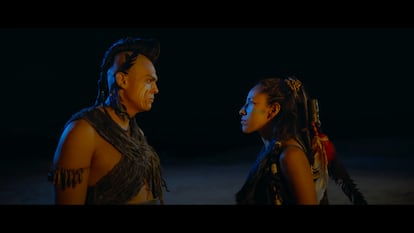
Opening the Zorro world to Indigenous characters, as well as the Chinese, Russians and English who populated 19th-century California, was one of Portela’s priorities. Miguel Bernardeau, a Spanish actor playing the new Zorro, hired his sister’s history teacher to gain insight into California’s history. “It was teeming with all sorts of people. The culture clash is very interesting, and the script reflects that.”
Bernardeau also believes that his character reflects a 21st century masculinity. “This Zorro cries, makes mistakes and starts off as an immature young man. As the season progresses, he eventually becomes an adult.” Bernardeau has always been a fan of the masked hero. “I’ve even dressed up as Zorro for carnival.” But he flatly refused to do a Mexican accent for the role. “I told them from the start that if they wanted a Mexican accent they should cast a Mexican actor. It’s not illogical to me that Diego is Spanish.” It doesn’t seem illogical to his co-stars, either. In fact, Notni thinks it’s an “interesting twist that injects new life into the story.”
The new Zorro brings changes that connect with a younger generation who may not be familiar with the hero. To reach them, Quintas believes we need to adapt to how young people consume content on platforms. ”The challenge is to make it more accessible to young people while still keeping lifelong fans engaged, something Marvel does very well.” Portela said the influence of Marvel and DC led him to write fast-paced scripts with scenes no longer than three pages.
Cotarela emphasizes the importance of keeping the comic-book aesthetic in the series. “We aimed for a slightly theatrical visual style, drawing inspiration from the comic books and using their light and colors. The actors adopt postures reminiscent of comic book art.” Like the Marvel movies, the Zorro team focused intently on high-quality action sequences. The actors said they had to learn to ride horses, use 19th-century weapons, crack a whip and do some of their own stunts. Some were so risky that Bernardeau’s stunt double broke his pelvis.
On those rainy days in the fall of 2002, the gardens of La Marquesa and other places around the Canary Islands were transformed into Los Angeles at the beginning of the 19th century. “Quiet, dammit, quiet! The actors need to concentrate,” snapped the assistant director while everyone prepared for the umpteenth take. But an unconcerned rooster crowed in the distance, and everyone stopped to reshoot the scene once again.
Sign up for our weekly newsletter to get more English-language news coverage from EL PAÍS USA Edition
